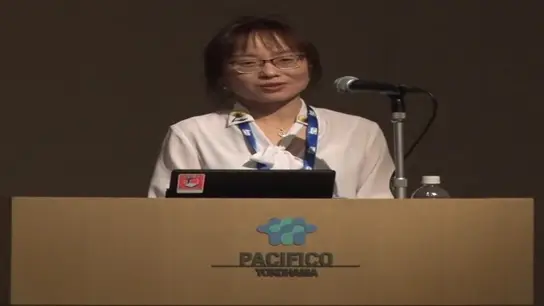EXPLAINING DEEP LEARNING MODELS FOR SPOOFING AND DEEPFAKE DETECTION WITH SHAPLEY ADDITIVE EXPLANATIONS
Wanying Ge, Jose Patino, Massimiliano Todisco, Nicholas Evans
-
Members: FreeSPS
IEEE Members: $11.00
Non-members: $15.00Length: 00:05:44
08 May 2022
Substantial progress in spoofing and deepfake detection has been made in recent years. Nonetheless, the community has yet to make notable inroads in providing an explanation for how a classifier produces its output. The dominance of black box spoofing detection solutions is at further odds with the drive toward trustworthy, explainable artificial intelligence. This paper describes our use of SHapley Additive exPlanations (SHAP) to gain new insights in spoofing detection. We demonstrate use of the tool in revealing unexpected classifier behaviour, the artefacts that contribute most to classifier outputs and differences in the behaviour of competing spoofing detection models. The tool is both efficient and flexible, being readily applicable to a host of different architecture models in addition to related, different applications. All results reported in the paper are reproducible using open-source software.



